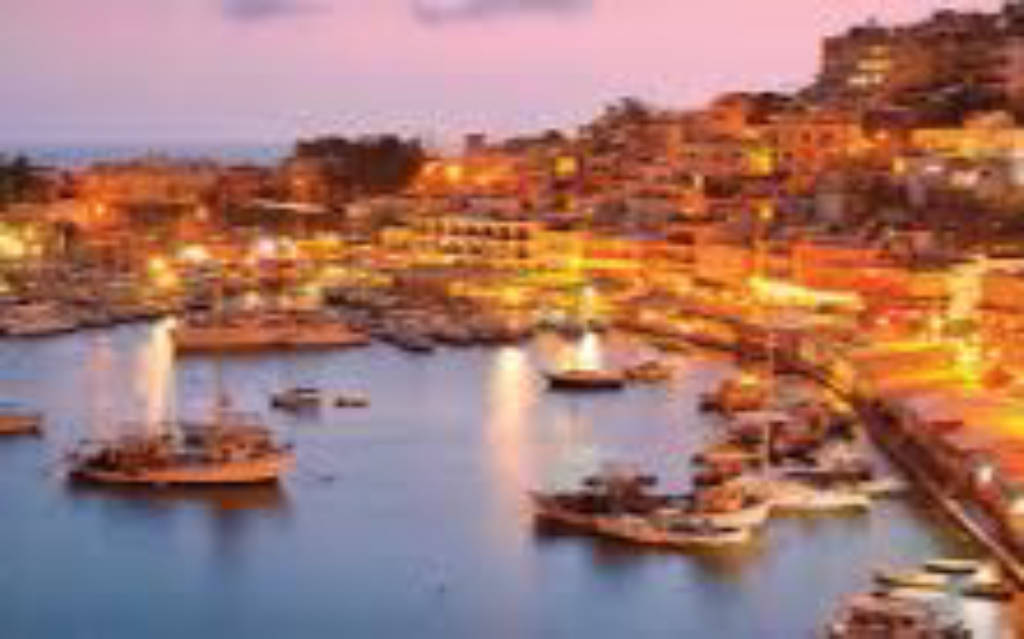The Athenian Riviera, a stretch of coastal paradise along the Saronic Gulf, provides a picturesque escape just south of Athens.
The Athenian Riviera, a stretch of coastal paradise along the Saronic Gulf, provides a picturesque escape just south of Athens. Beginning roughly at the southern tip of Piraeus and extending along the coastline, this idyllic region offers stunning beaches, seaside promenades, and luxurious resorts.
In the 1920s, the Greek government envisioned a revitalization of the Athens Riviera, but political instability thwarted the plans. A turning point came in 1954 when Kathimerini newspaper speculated that Glyfada and Voula could surpass the popularity of the French Riviera in the years to come. The actual development of the Athens Riviera commenced in 1957 with the establishment of Asteria in Glyfada, gaining gradual popularity among Athenians, aided in part by the influence of Greek cinema. Presently, plans are underway for the construction of the Athens Riviera Tower, set to be the tallest building in Greece.
Athens Riviera is the coastal area in the southern suburbs of Athens, Greece from Piraeus to Sounio and Lavrio.
Dating back to the BC, Piraeus has a rich history. In ancient Greece, Piraeus became significant due to its three deep-water harbors: the primary port of Cantharus and the smaller harbors of Zea and Munichia. These replaced the older Phaleron harbor. Themistocles fortified Piraeus in 493 BC, emphasizing its strategic potential. The Themistoclean Walls, completed in 471 BC, transformed Piraeus into a formidable military and commercial harbor. The city's fortifications were further enhanced by the construction of the Long Walls, turning Piraeus into a secure route to Athens.
During the Peloponnesian War, Piraeus faced challenges, including the Athens plague in 429 BC. In 404 BC, the Spartan fleet blockaded Piraeus, leading to Athens' surrender. After democracy's reinstatement, Conon reconstructed the walls in 393 BC, contributing to Piraeus' revival. However, it faced destruction by Roman Lucius Cornelius Sulla in 86 BC and later by the Goths under Alaric I in 395 AD. This initiated a prolonged period of decline lasting fifteen centuries, with occasional use during the Byzantine period.
 Register
RegisterSign in Travel Agent
Sign in Supplier
Sign in Affiliate
Sign in Guru



 Leof. Posidonos, Vouliagmeni, Hy Lạp
Leof. Posidonos, Vouliagmeni, Hy Lạp